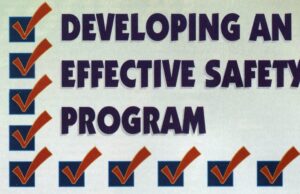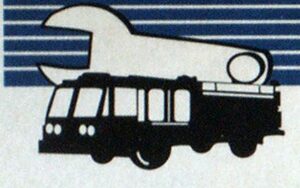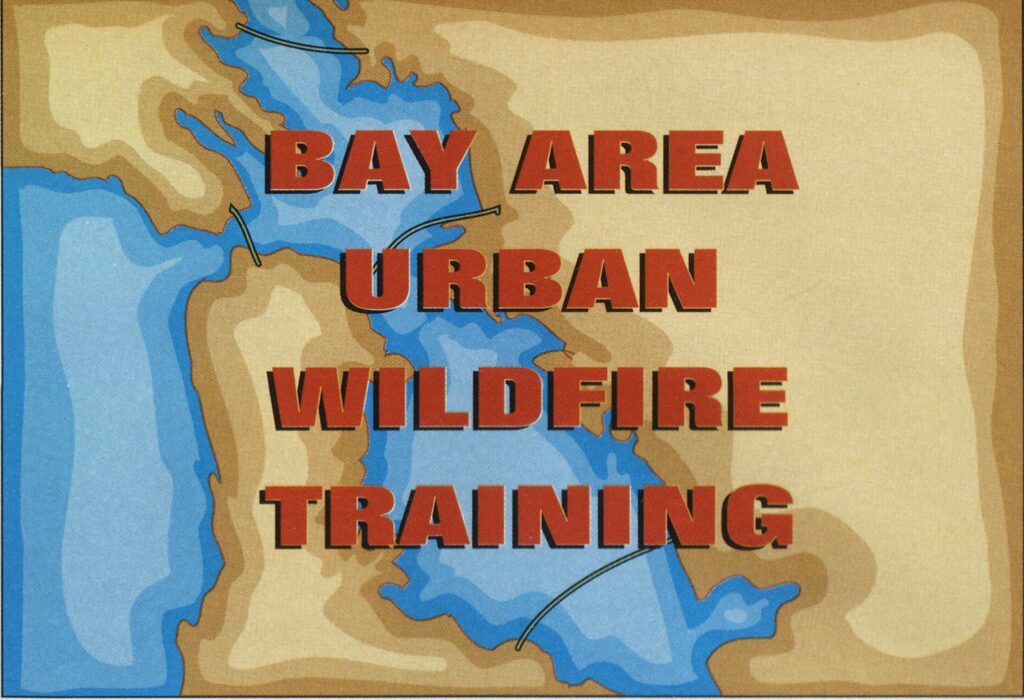Media Resources Inc. has updated two video training programs, EMERGENCY MEDICAL CARE PARTS 1 AND 2, to meet NFPA 1001, 1992 standards. Part 1 demonstrates how to conduct an initial survey, establish an often airway, perform rescue breathing, identify cardiac arrest, perform CPR, and control bleeding Part 2 deals with protection against bloodbome pathogens and how to handle shock, burns, fractures, poisoning and drug overdoses Contact: Media Resources Inc.; 2614 Fort Vancouver Way; Vancouver, WA 98661-3997; (800) 666-0106.










